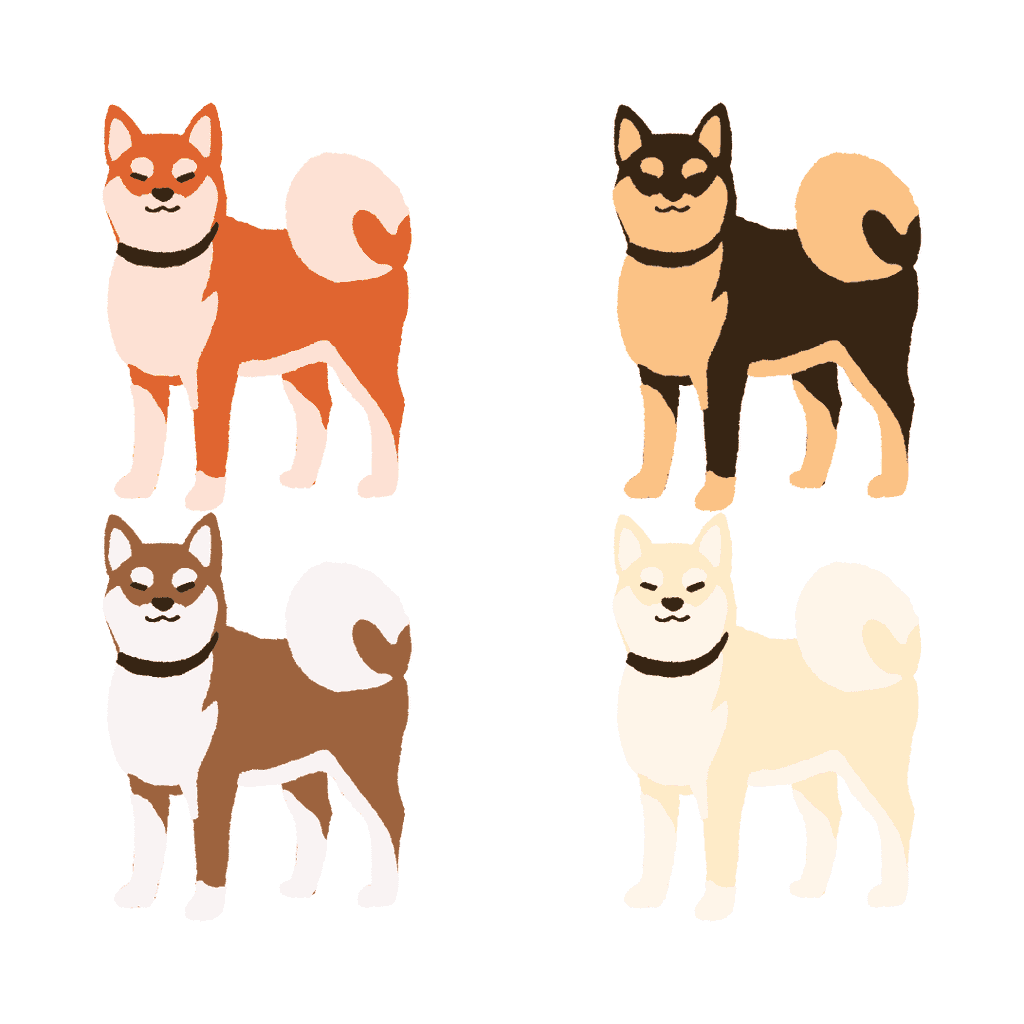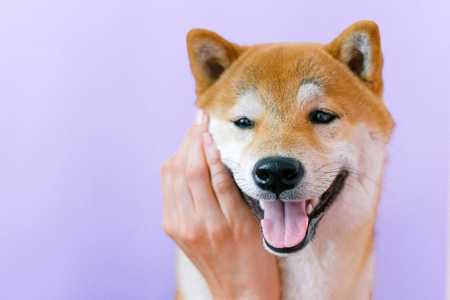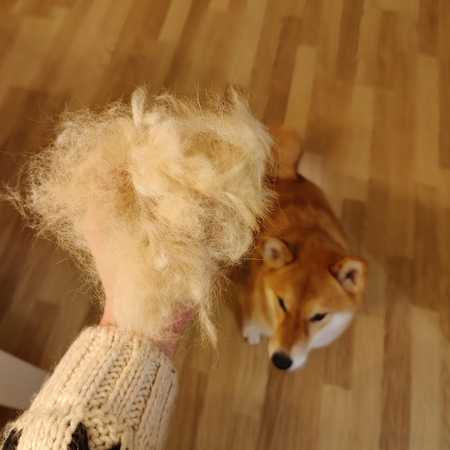How to buy a Shiba Inu puppy?
So you decided to buy a beautiful Shiba Inu puppy and welcome it into your home. You turned to different breeders and stores to look for the ideal puppy for you.
Knowing how to choose the right puppy for you is crucial because your future cohabitation relationship will depend on this choice.
In addition, to ensure that not only the puppy but also yourself, have as much peace of mind as possible for the future, it is essential to get informed and analyze the decision you are about to make to the best of your ability.
In particular, it is very important not to make a decision based on instinct, but it is good to start with a reflection on what are the desired characteristics of your furry friend, and then to learn and find the breed that best reflects these characteristics.
So assuming that you have already informed yourself about the breed and are convinced that you want to get a Shiba Inu, there are several aspects to consider when choosing the right puppy for you. The most important ones could be summarized in the following shortlist
- Choose a healthy puppy
- Choose a puppy with a compatible temperament
- Choose the sex of the puppy
- Choose the color of the puppy
- Be careful and avoid shenanigans
In this article, we’ll look in detail at all the above points to find the best Shiba Inu puppy for you.
Choosing a healthy puppy
The first step is finding a puppy from a breeder with an excellent reputation. This step is critical to avoid bad surprises in the future.
A good breeder will allow you to see all the puppies and dogs at any time. They should be happy to let you take a look and actually be proud of their facilities.
Always ask the breeder if they have a return policy because if the breeder does not guarantee the return of the puppy for any reason, it means that they are not taking any responsibility for the animals they breed. A responsible breeder will also not breed an excessive amount of litter in a year.
Also, make sure that the mother's vaccinations are up to date and that the puppies begin their routine pesticide treatments at 4 weeks of age.
Try to stay away from breeders who allow puppies to be let go before 8 weeks of age. Puppies under this age are too young to be safely weaned from their mothers, and no responsible breeder would do so.
Assess the health of each puppy. Even if you are dealing with a reputable breeder, try to stay away from sickly or otherwise unhealthy puppies. The main physical characteristics to evaluate are:
- Energy: the puppy should not appear sluggish, but alert and full of energy
- Clear eyes and nostrils: check for secretions or scabs around them
- Respiration: check that they do not toxify or sneeze excessively, and breathing should be calm
- Cleanliness: check that they have a clean genital area with no visible fecal material or pus and odor
- Weight: the puppy should be rounded with a layer of fat over the rib cage
- Mantle: the coat should be clean and shiny, free of dullness or dandruff. Greasiness or bald spots are warning signs.
- Hearing: clap your hands behind the puppy's head to make sure it reacts and turns toward the sound
- Vision: slowly roll a ball near the puppy (within its field of vision) to make sure it notices the movement
- Paws: observe the puppy's movement and running for signs of lameness, stiffness, or soreness
Finally, consider the appearance of the parents. Especially if you are choosing a puppy with which you plan to compete in beauty contests, it is important that your puppy meets breed standards. It can be difficult to tell how a puppy will develop as it grows, but its parents will give you an idea of what the puppy will look like as an adult.
Assessing the puppy's temperament
When choosing a puppy, it is important to see the entire litter and assess how the puppies interact with each other. Arrange with the breeder for a visit and take the time to check the puppies' temperaments and choose the one best suited for you.
Shiba Inu puppies should be curious and not afraid of people. Also, look for good play interaction between puppies and avoid considering shy and shady puppies.
In general, a puppy with a temperament that is neither too aggressive nor too shy is a good choice.
Don't be distracted by how cute and cuddly the puppy is. Shiba Inu puppies can look like little teddy bears. However, don't let their looks distract you from the task of assessing personality.
Look for a puppy that is curious about people. Keep an eye on whether it approaches you on its own initiative and how much time it spends with you. This helps you know how friendly it is and how much it enjoys human company.
Although it is hard to tell what a dog will be like when it grows up, you can tell even at this young age. Try offering your puppy a toy to play with, then see how easy or difficult it is to take it back. You can also try offering it a treat in exchange for the toy. This helps you know how it might respond to training.

Shiba Inu: better male or female?
The character of the Shiba Inu changes slightly depending on the sex of the animal. Let’s, therefore, see the differences between several character traits.
Friendliness
In general, the female Shiba Inu is more aloof - especially with strangers - than males.
This trait may also be related to the fact that females are also generally more cautious than male Shiba Inus. The latter, if bred properly, are more friendly and interested in meeting new people than females.
However, the male, if bred poorly, may suffer from aggression problems and be very territorial.
Finally, the castration of the animal influences its temperament. In fact, castrated males have fewer dominance problems than uncastrated males. Similarly, castrated females generally show fewer aggression problems than unneutered females.
Activity level
Testosterone present in males may be part of the explanation for why male specimens are more likely than their female counterparts.
Always keep in mind that adult Shiba Inus are not the most active and playful breed, so it is all relative.
So, if you lead an active lifestyle and would like a dog that likes activity, a male Shiba Inu would be the best choice for you.
The downside of the higher activity level in males also results in possible "destruction" in the home. This often occurs if such behaviors are not corrected from puppyhood.
Finally, males, particularly puppies, may be less gentle with the objects they put in their mouths (master's hands included). Again, if these behaviors are corrected from the earliest months of age, it is certain that these traits will be lessened as adults.
To combat this problem, it is always good to have toys to use with your puppy. This is essential to teach him what is okay to bite and what is not.
Ease of training
Many experts, recommend a male Shiba Inu if you intend to get a Shiba Inu for the first time. Generally, males are easier to please than females, so training may be a little easier with male puppies.
However, females are very intelligent and can be trained to do extraordinary things with the right attitude and methods. Finally, females also tend to be a little more interested in food, and this aspect is a plus for their training.
Cleanliness
In general, females are a bit cleaner and easier to clean than males. In fact, females will do anything to avoid wet puddles or muddy surfaces.
On the other hand, most male Shiba Inus might find interest in those puddles since the possible areas they will dive or at least explore.
The colors of the Shiba Inu
Shiba Inus have a double layer, and this means they have a soft, fluffy inner layer that keeps them warm in cold temperatures and a longer layer on top that protects the inner layer. The good thing about their coats is that they do not tangle, so it is relatively easy to brush and keep a tidy appearance.
Urajiro is a Japanese word for the distinctive white markings found on a Shiba Inu. You can find the Urajiro on the sides of the mouth and cheeks.
It is also found on the underside of the jaw, neck, chest, and stomach. There may be other white markings on the Shiba Inu, including white parts on the paws. These additional white markings are optional.
The standard colors of the Shiba Inu are:
- Red
- Black
- Sesame
- White

The color is a hereditary trait that depends on the parents’ color and does not influence other characteristics of the dog.
How to avoid rip-offs
In the case of the red and white Shiba Inu breed, look at the puppy; The orange color should be homogenous and not patchy or spotted.
Always carefully check the reputation of the person selling you the puppy. Check online reviews, and be careful that these reviews are not fake or bought. Forget about ad sites or social networks.
Special attention should be paid to puppies displayed in pet stores. Their dubious provenance is not a sign of guarantee, and no serious breeder puts their puppies up for sale in a pet store.
Disclosure: Please note that some of the links below may be affiliate links, from which I'll earn a commission at no additional cost to you. When you use one of my affiliate links, the company will compensates me, which helps me run this blog and keep all of my in-depth content free of charge for readers like you.

